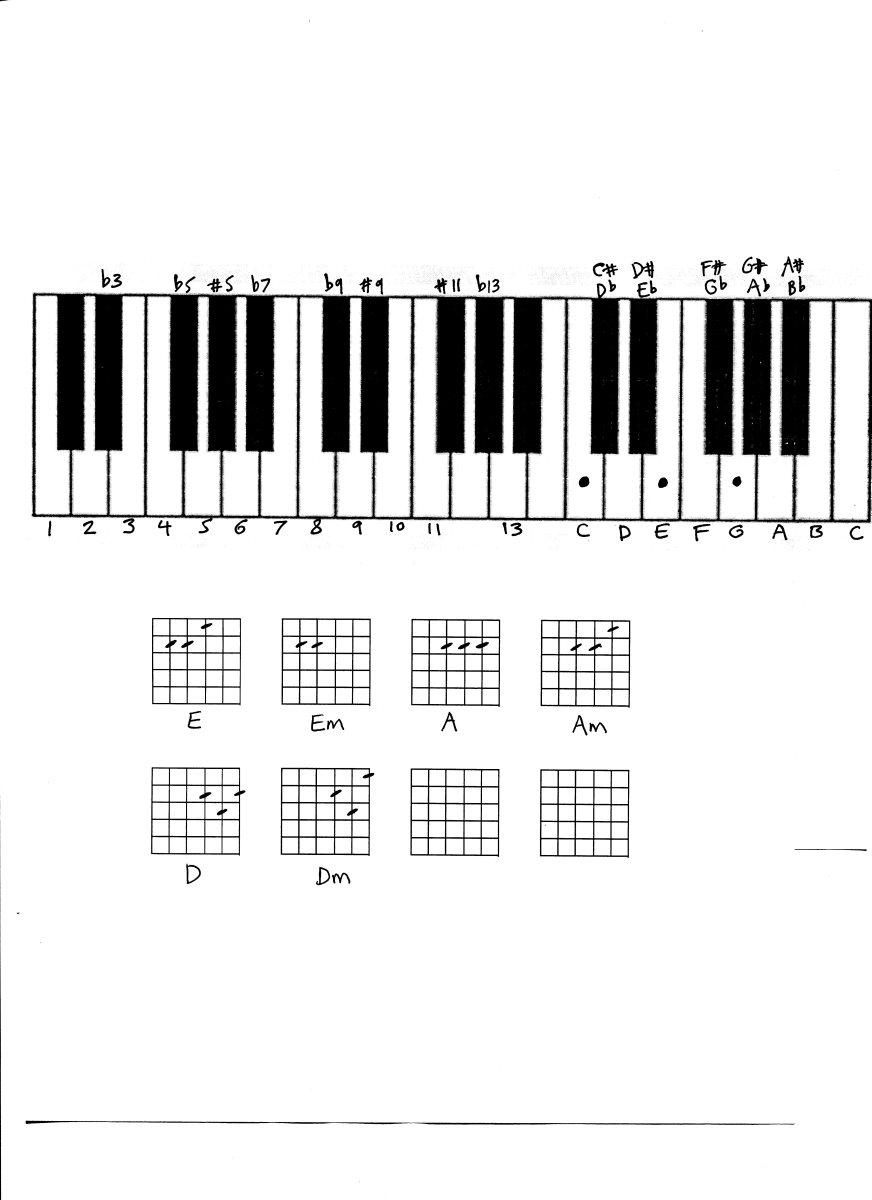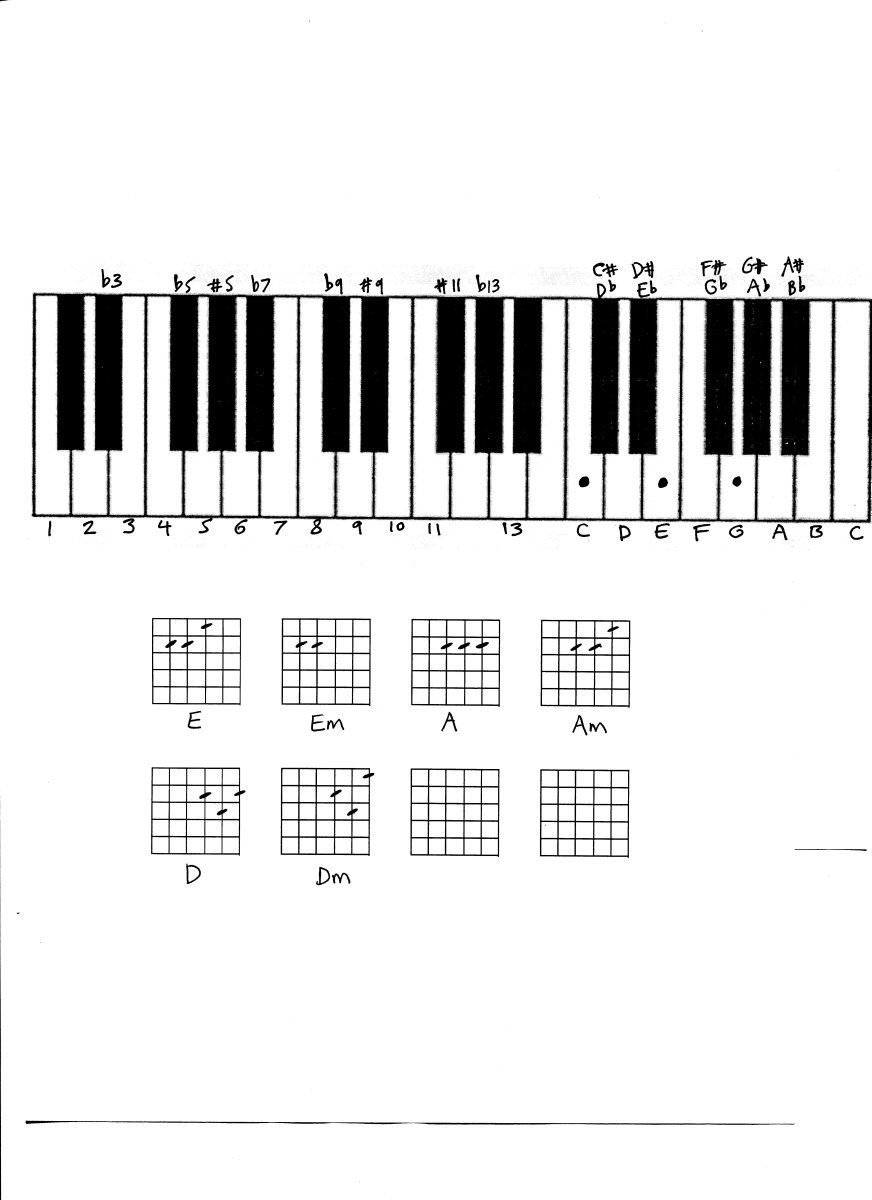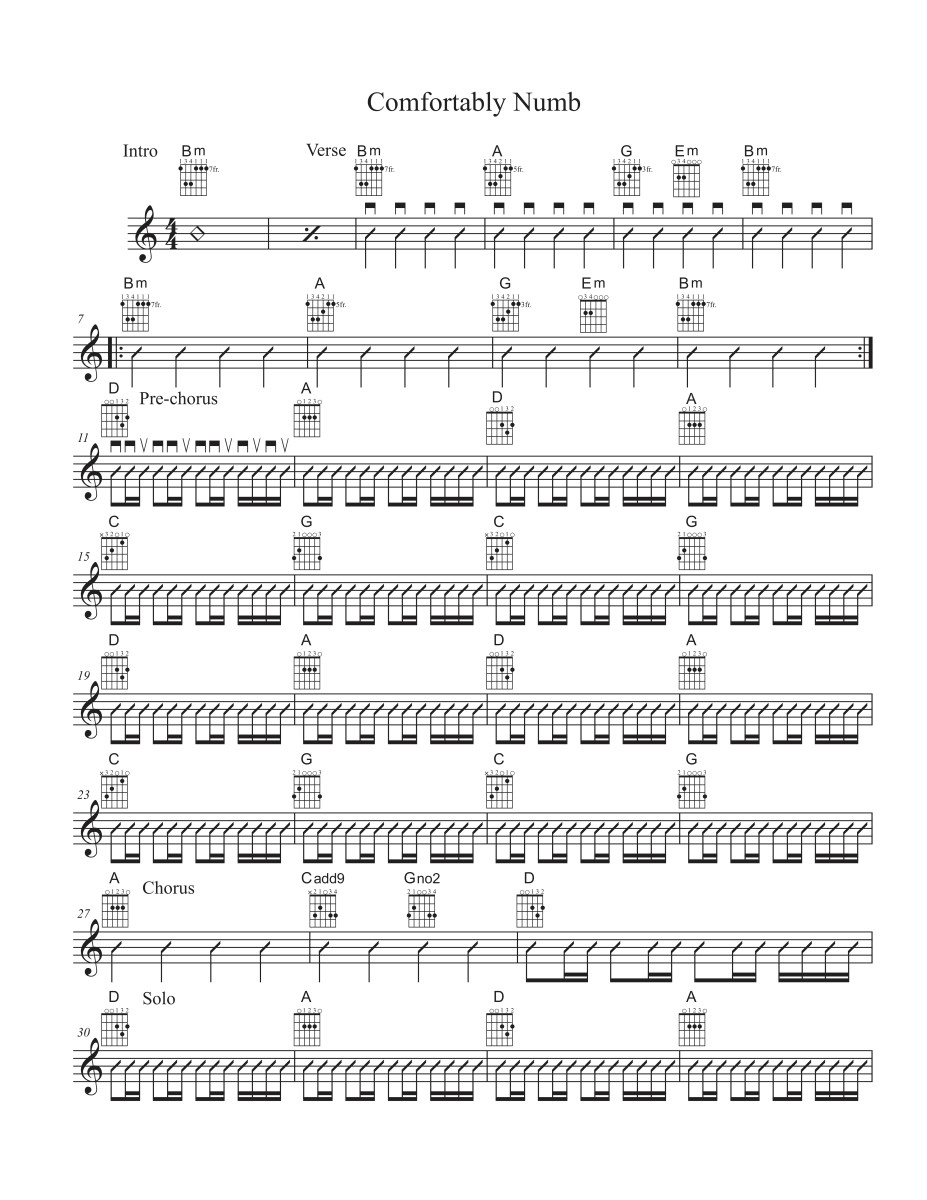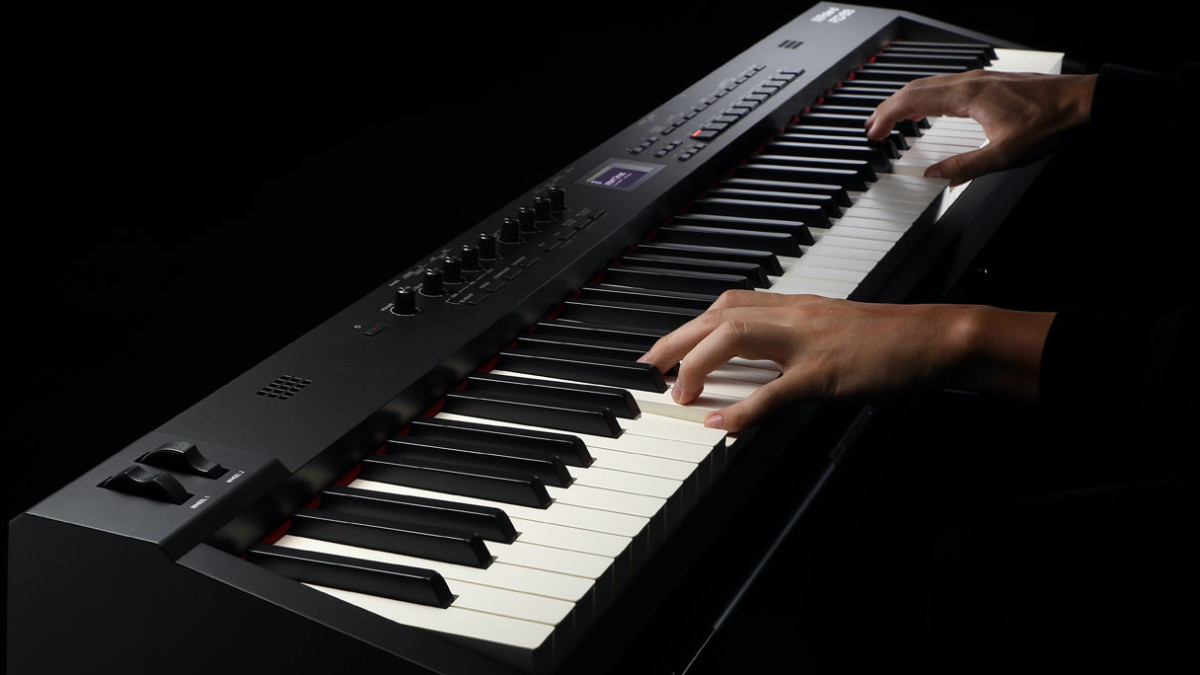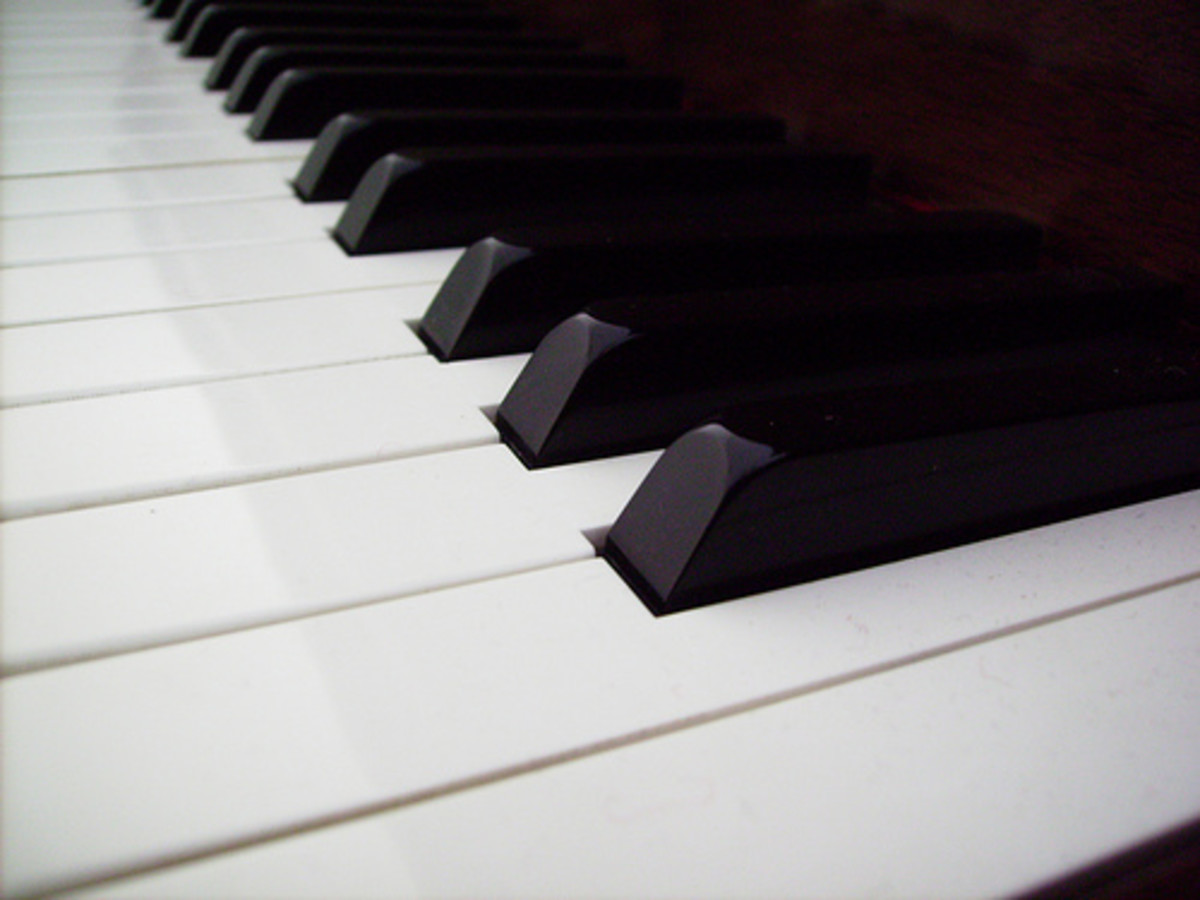How to Play D Augmented Seventh Left Hand Piano Chords
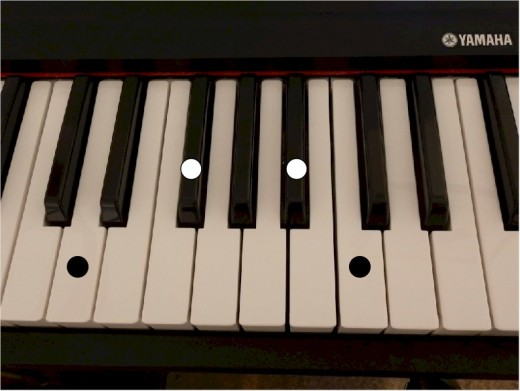
In this article I'm going to demonstrate to you:
- How the D seventh augmented chord is formed
- How to play it with the fingers of your left hand
- How you might use it in a tune
To give you as much help as possible I've included some pictures and a video so that you can practise at your leisure.
You'll notice that the D 7th augmented chord has a jazzy sound about it, and with that in mind I've used it to create a simple jazz tune to give you an idea about using the chord in a piece of music. You can see, hear and print the score for this jazz tune by following this link to its page at Score Exchange.
How to Form the D Seventh Augmented Chord
The D seventh augmented chord is notable for the following reasons:
- It's a seventh chord
- It's an augmented chord
As you might be aware, a seventh chord includes the tonic or first note of the chord - in this case D - and the seventh note or leading tone of the chord - in this case C. The D seventh augmented chord is almost the same as the D seventh chord (usually written as simply D7), except that there is one note's difference.
Whenever we speak about a chord being augmented we normally refer to it as having a raised note. The raised note in this instance is the fifth note, A sharp. That's the same note as B flat, but to write it out correctly as a D seventh augmented chord you need to use the note A sharp and not B flat.
Let me explain that.
"Augmented" means increased or stretched, and we know that the interval that is stretched in the D 7th augmented chord is the fifth. If we examine the D 7 chord in the picture below, we see that it contains the notes D, F sharp, A and C. The D 7th augmented chord contains the notes D, F sharp, A sharp and C. The note A sharp tells us that it is an augmented chord, because we can clearly see how the interval of the fifth (from D to A) has been stretched to go from D to A sharp.
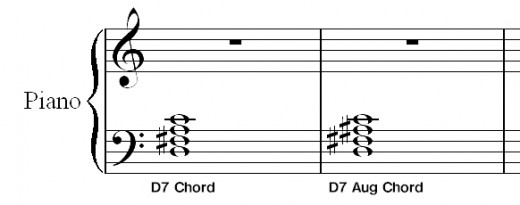
Another thing to remember is that the D seventh augmented chord already has one sharp in it - F sharp - so we know it belongs to a sharp key. It therefore makes sense harmonically that any changes we make to the chord will include sharps and not flats, because flats aren't part of a sharp key.
[Note: composers DO sometimes use sharps and flats together, but it's a lot less confusing when they don't.]

How to Play the D Seventh Augmented Chord
In case you're getting mixed up, you should know that you can call this chord the D seventh augmented chord or the D augmented seventh chord - they both refer to the same thing. And even though it's called the D seventh augmented chord, it's NOT the seventh note of the chord that's augmented, but the fifth.
To play the chord, follow these very simple steps:
- Place the fifth finger of your left hand (finger 5) on the note D.
- Add the note F sharp with your 3rd or 4th finger, whichever is most comfortable for you.
- Add the note A sharp with your second finger.
- Add the note C with your thumb.
Practise playing the chord one note at a time from the bottom up, and then playing the notes all together. When you feel confident doing that, try moving back and forth from the D seventh augmented chord to a G chord in second position (i.e. D, G and B). That way both chords will have D as their lowest note which makes everything a little bit easier.
I used those two chords to make up the tune you'll hear in the video. It's no surprise, then, to discover that the D seventh augmented chord naturally wants to resolve to the G major chord, in much the same way as the D7 chord does.
Here are the steps you need to take - illustrated in picture form - to make sure you get it absolutely spot on.
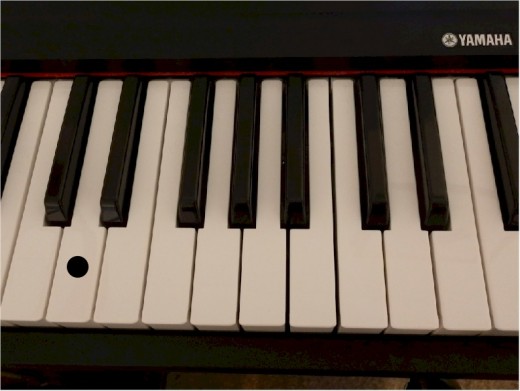
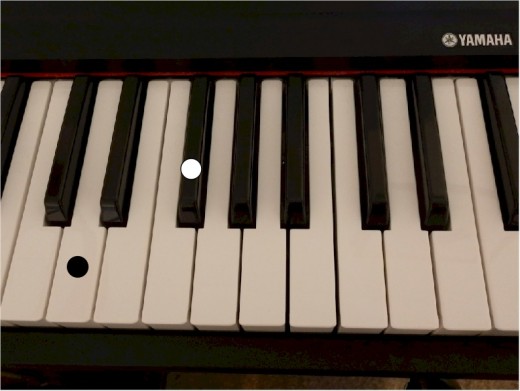
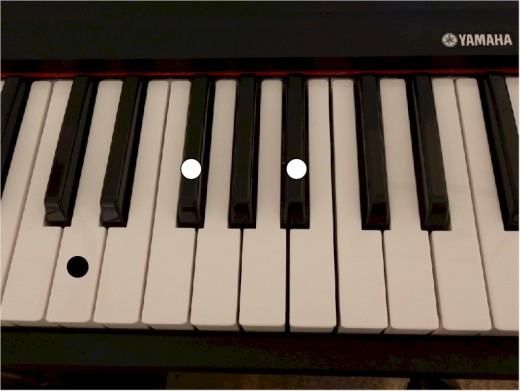
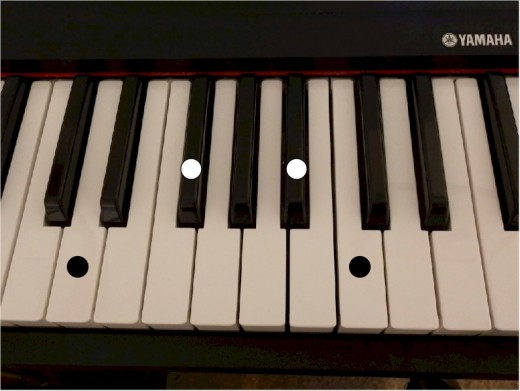
You'll notice in the video that I play the D7 chord, one note at a time, followed by the D seventh augmented chord, also one note at a time. This is a good way to get used to placing your fingers on the notes for the augmented chord. It also serves to remind you that the chord is augmented; you can physically relate to its augmented nature because you have to stretch your second finger up from A to A sharp to play it.
I hope you enjoyed this article and that it has made it easier for you to understand the D seventh augmented chord and augmented chords in general. Feel free to check out more of my piano-related hubs - and don't forget to take the quiz... which you'll find below.
Extra Tips about Seventh Chords
Here is a list of the most commonly used 7th chords:
- D7 - consisting of the notes D, F sharp, A and C
- D major 7 - consisting of the notes D, F sharp, A and C sharp
- D minor 7 - consisting of the notes D, F, A and C
I mentioned above that in the D7 aug chord it's the fifth note of the chord that's raised or augmented (A) and not the seventh. If the seventh note was augmented the chord would either become a "major" 7th chord (as in D major 7) or - if it was already a major 7th chord, raising the 7th note would take it up to the tonic note, which would mean it was no longer a 7th chord.

